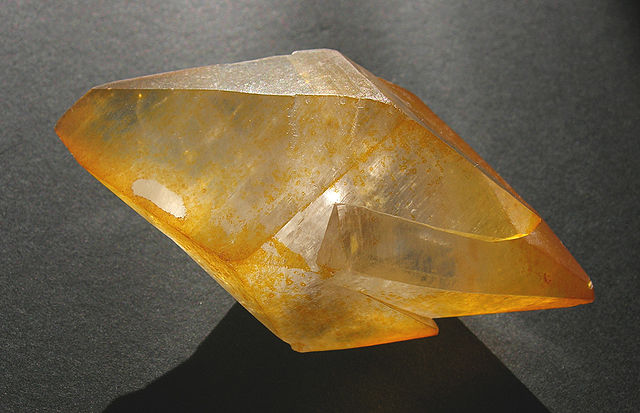Tantalum(IV) sulfide is an inorganic compound with the formula TaS2. It is a layered compound with three-coordinate sulfide centres and trigonal prismatic or octahedral metal centres. It is structurally similar to molybdenum disulfide MoS2, and numerous other transition metal dichalcogenides. Tantalum disulfide has three polymorphs 1T-TaS2, 2H-TaS2, and 3R-TaS2, representing trigonal, hexagonal, and rhombohedral respectively.
Sample polycrystalline TaS2
1T-TaS2 crystals grown by transport reaction
(a): Schematic of the David star pattern in 1T-TaS2 where green atoms are S and purple are Ta. (b) and (c) are STM images (6.5 K) before and after application of 2.8 V pulses through the STM tip. Insets show ~10 times magnified images.
In crystallography, polymorphism describes the phenomenon where a compound or element can crystallize into more than one crystal structure. The preceding definition has evolved over many years and is still under discussion today. Discussion of the defining characteristics of polymorphism involves distinguishing among types of transitions and structural changes occurring in polymorphism versus those in other phenomena.

Solid phase transitions which transform reversibly without passing through the liquid or gaseous phases are called enantiotropic. In contrast, if the modifications are not convertible under these conditions, the system is monotropic. Experimental data are used to differentiate between enantiotropic and monotropic transitions and energy/temperature semi-quantitative diagrams can be drawn by applying several rules, principally the heat-of-transition rule, the heat-of-fusion rule and the density rule. These rules enable the deduction of the relative positions of the H and Gisobars in the E/T diagram. [1]
Image: Calcite jaune
Image: Aragonite 2 Enguidanos






